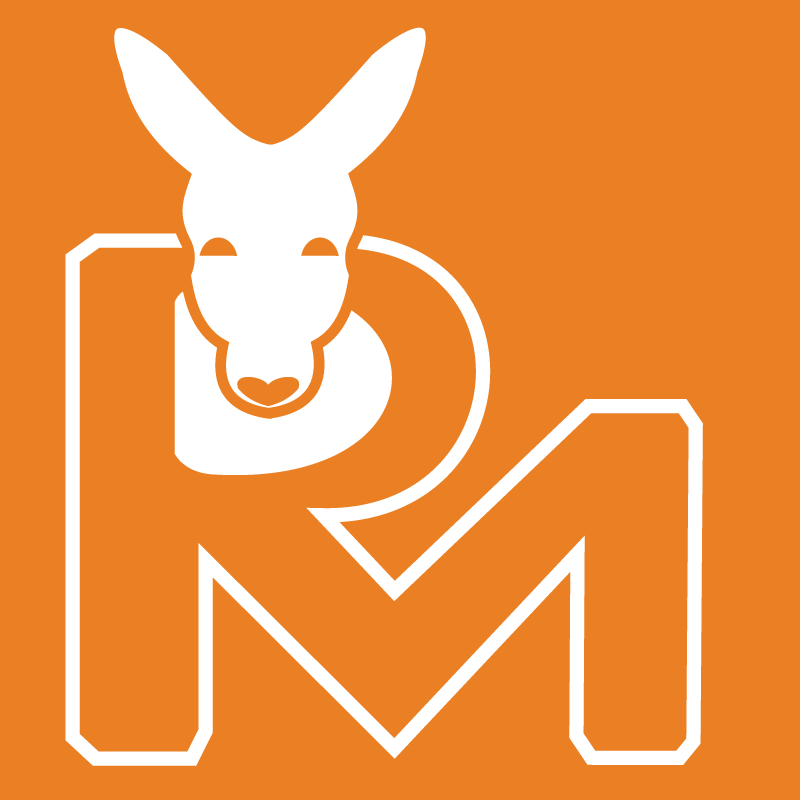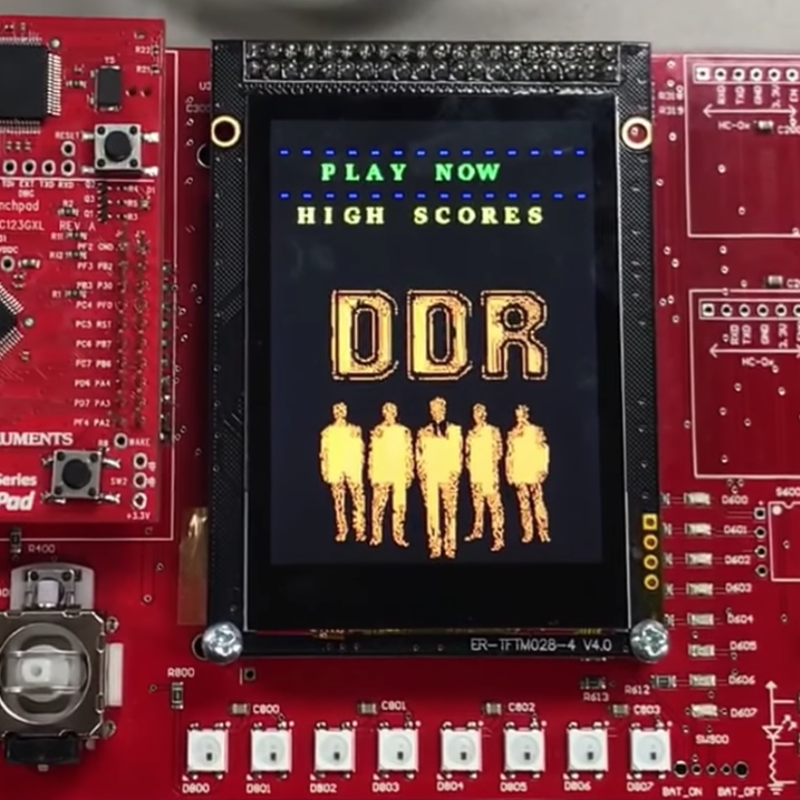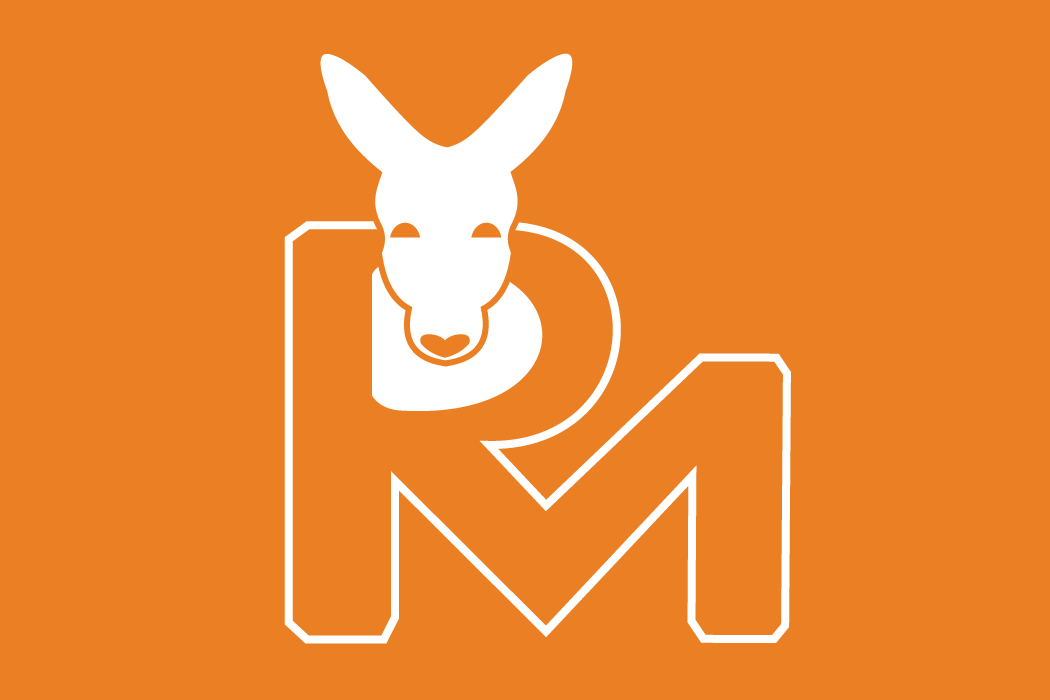
About Me
I have an ambitious dream of reducing global inequality. One issue that I'm particularly passionate about is education. In my opinion, where you're born plays too large a role in the quality of education for which you'll have access early on. If people don't have the same opportunity to learn, they won't have the same opportunities later in life. I believe that technology is one of the best tools we can use to level the playing field.
One of my favorite online resources is Wikipedia. Unlimited information, free and easily obtainable, and anyone with internet can use it. The next step in making information more available is through Artificial Intelligence, and I want to be at the forefront of that revolution.
If you'd like to see my resume, I encourage you to check out my LinkedIn profile.
Alternatively, you can click here to see a less extensive PDF.













